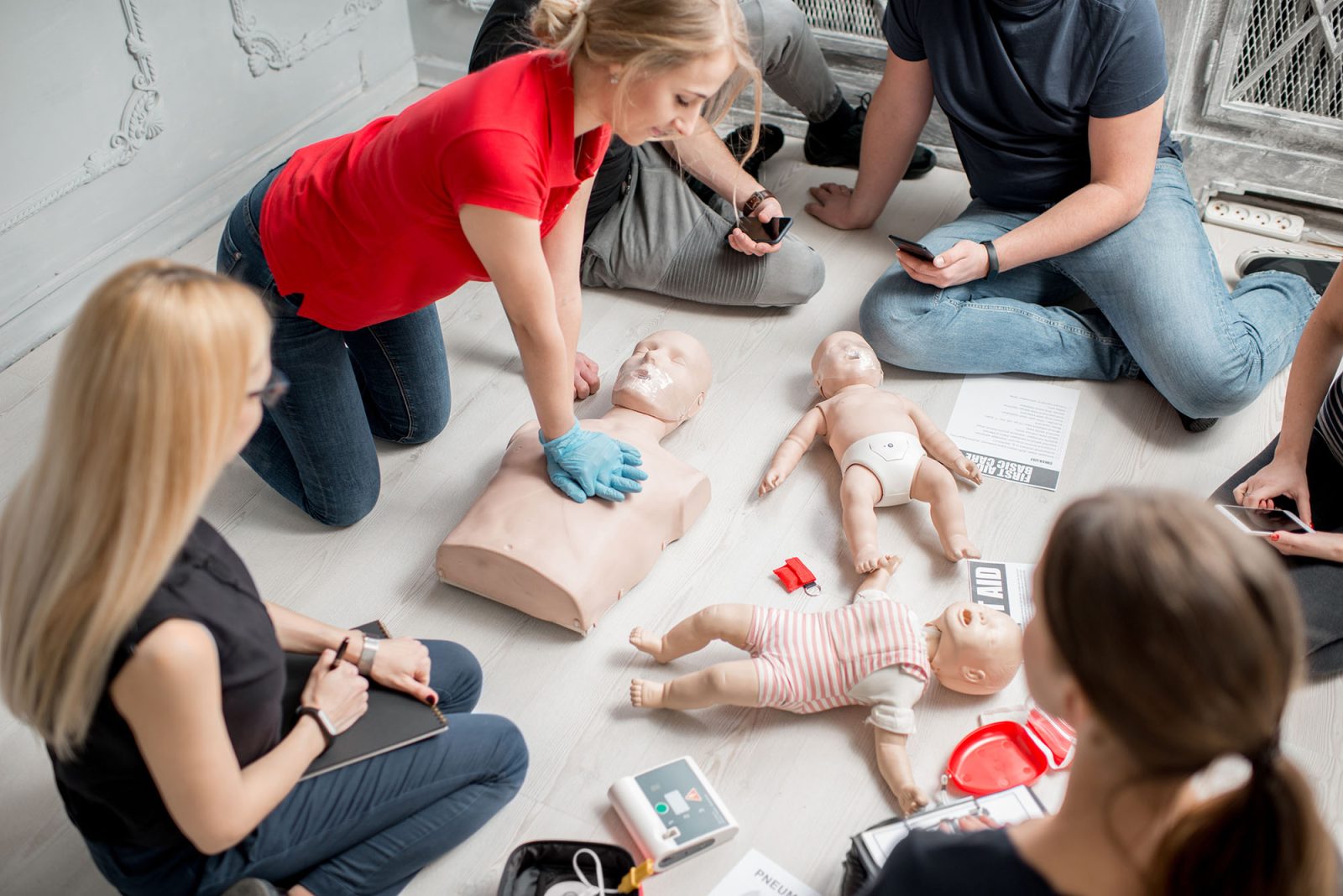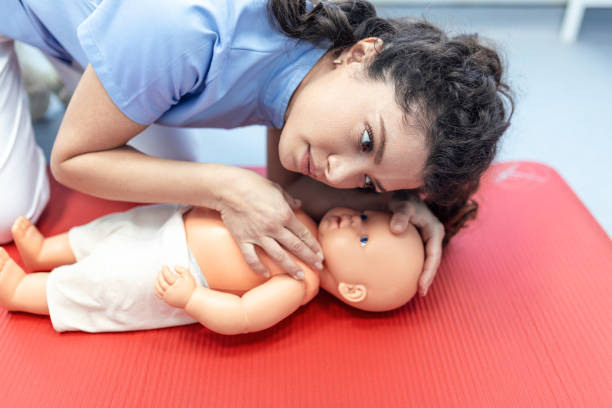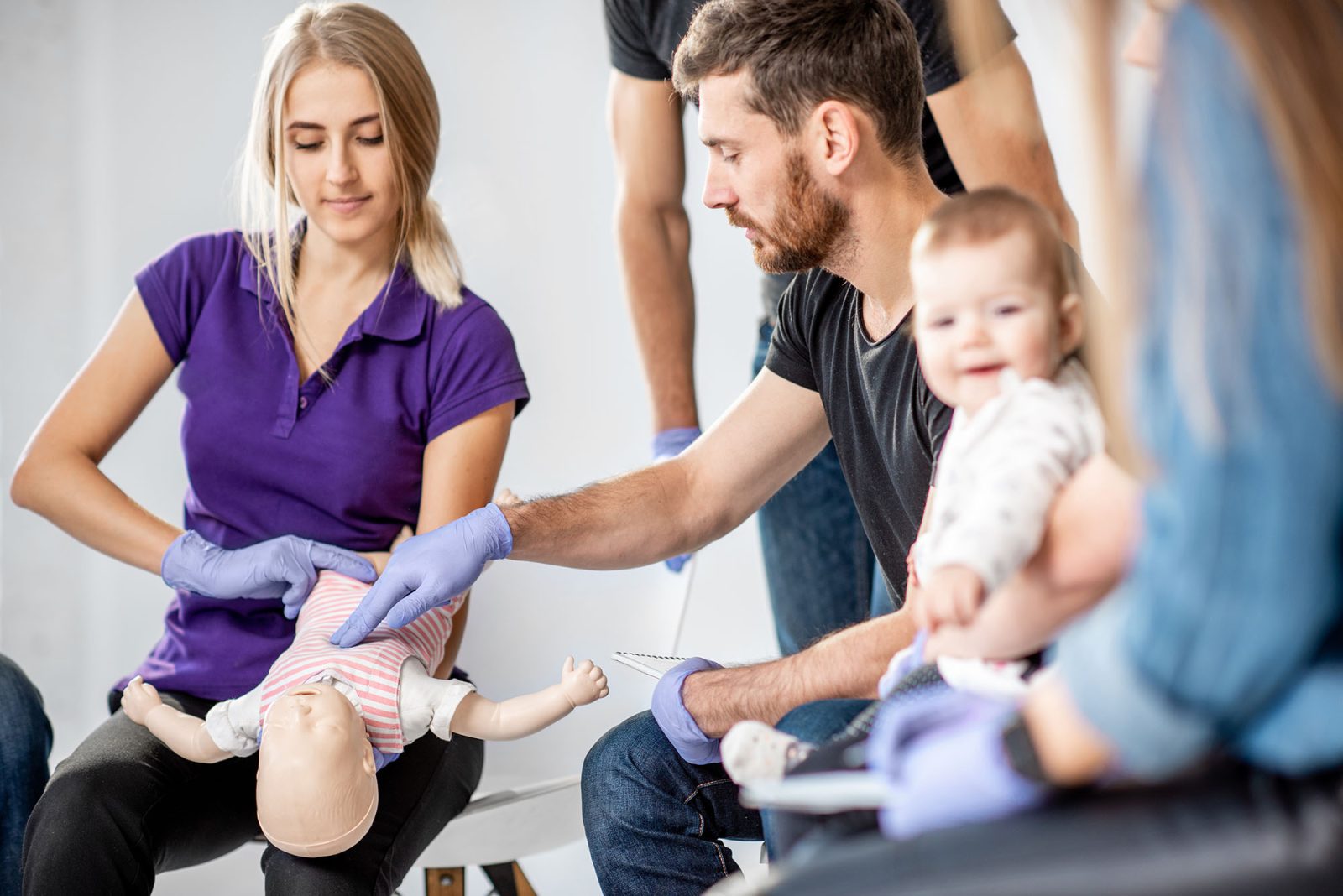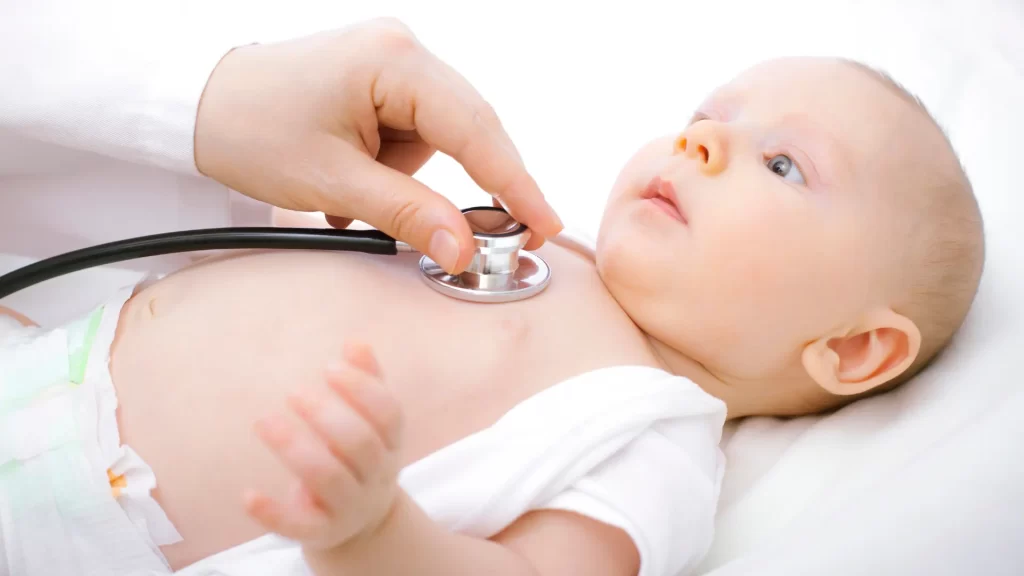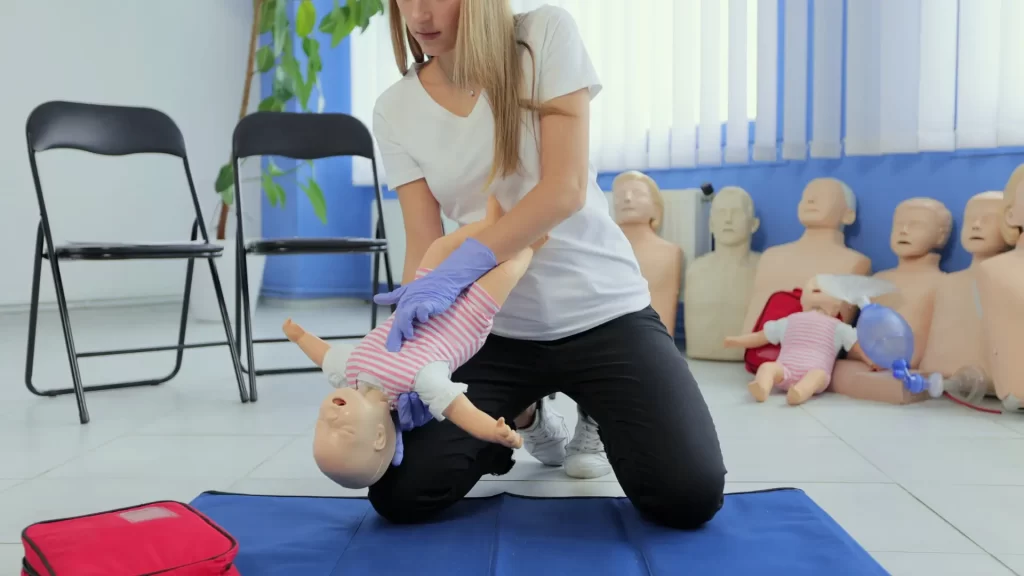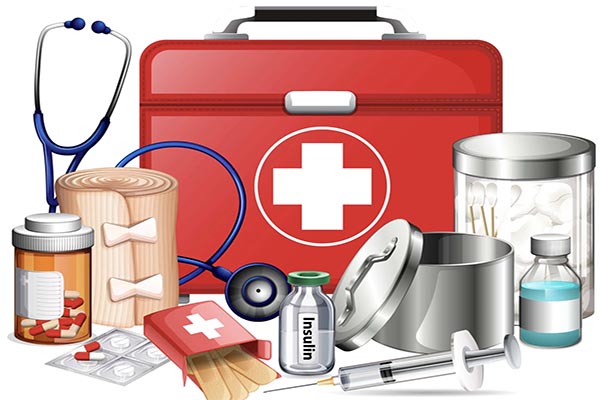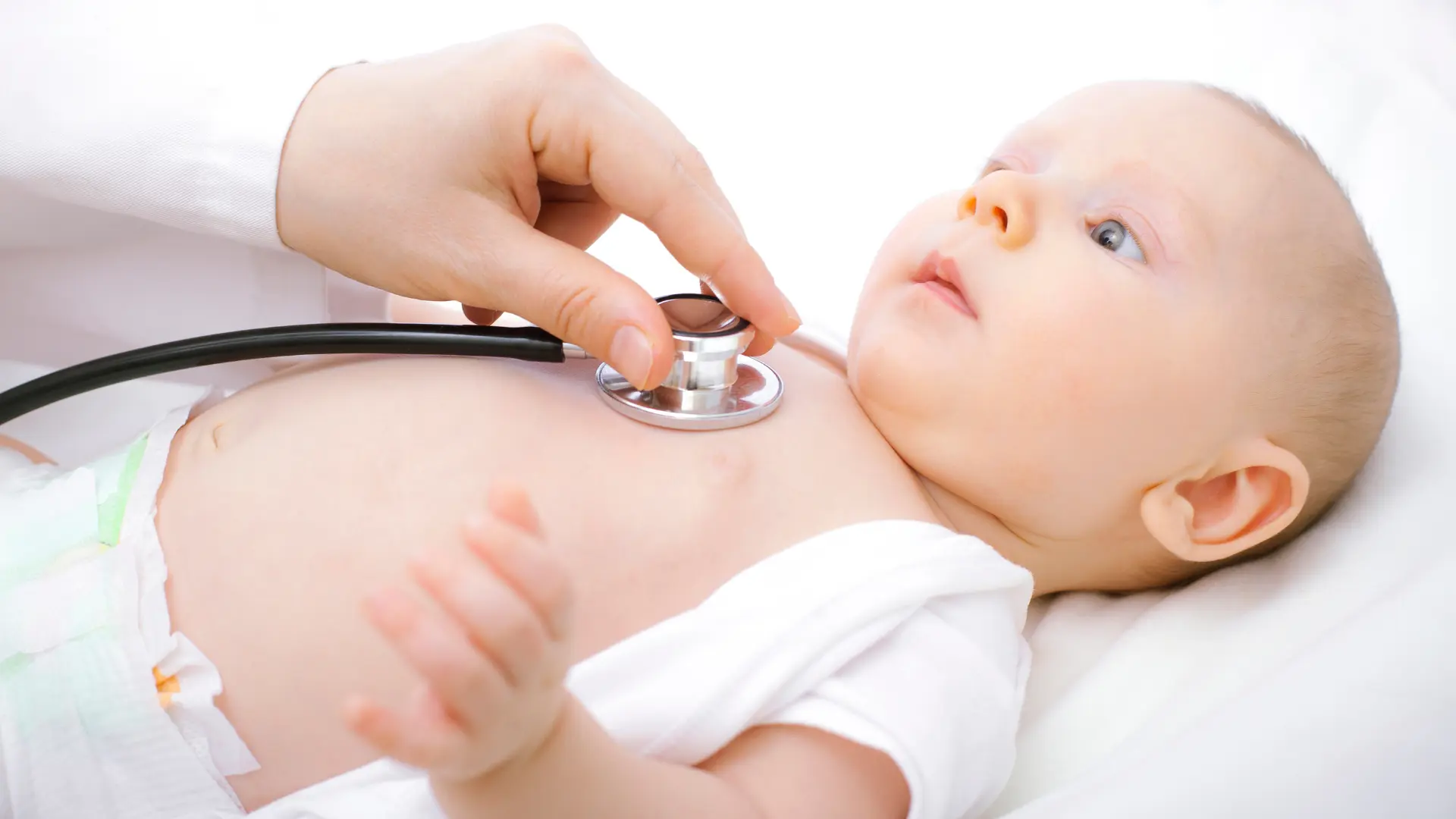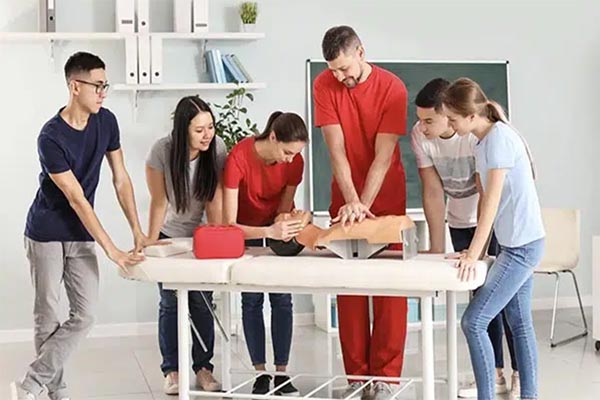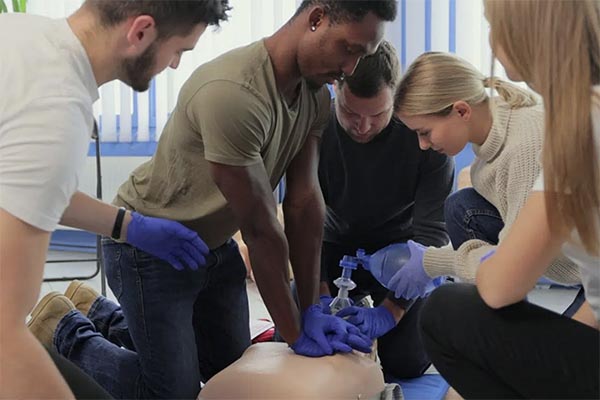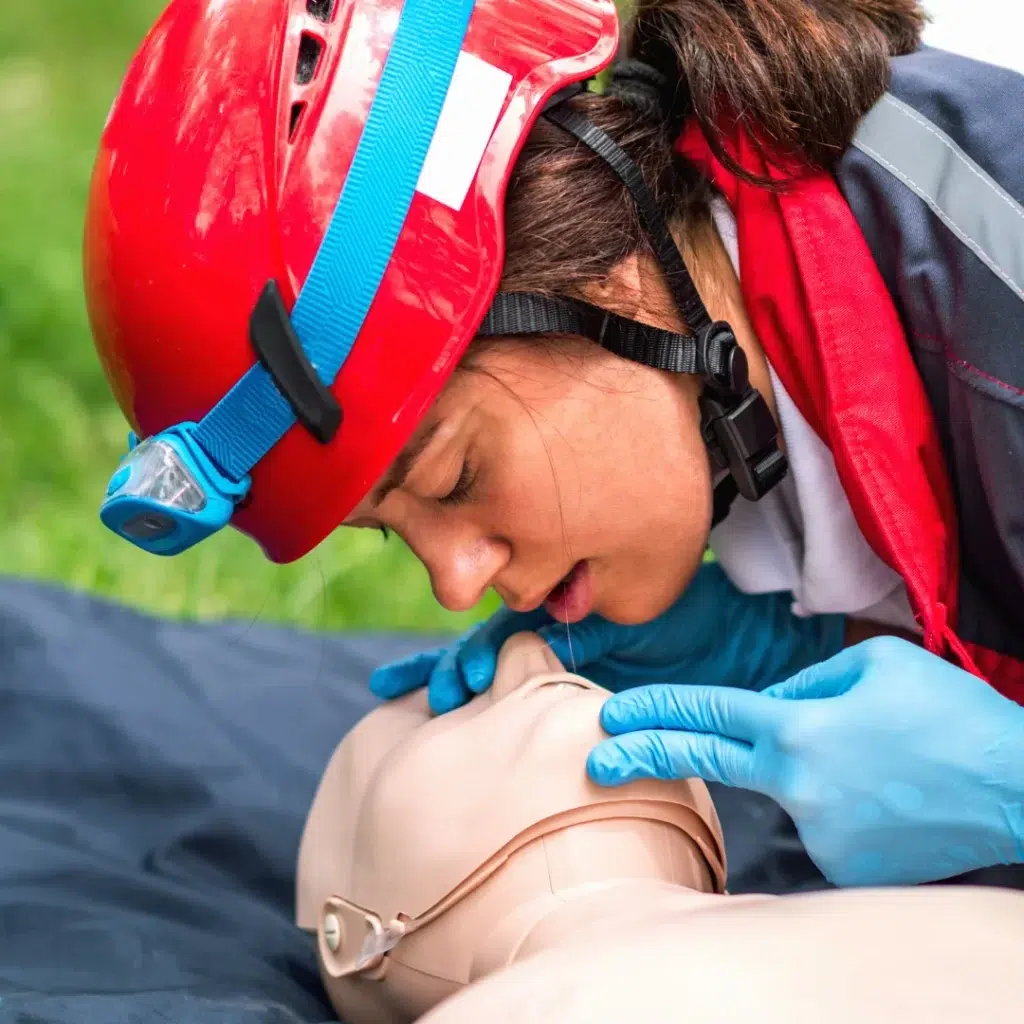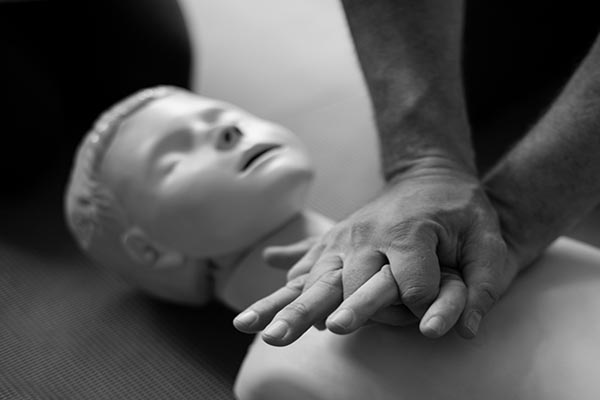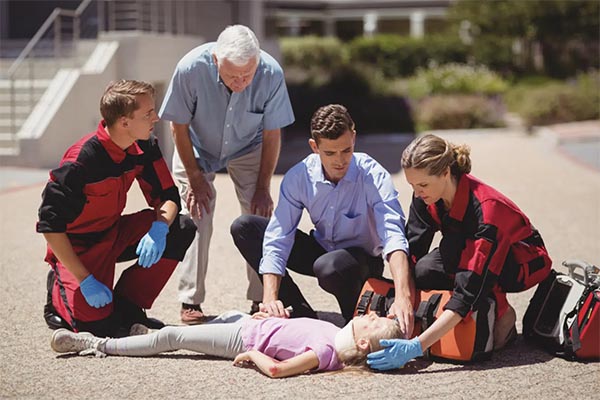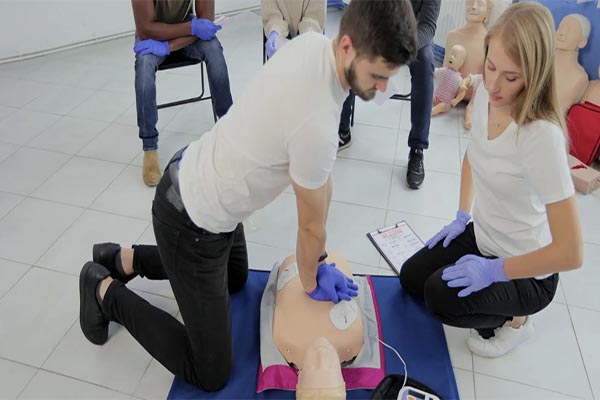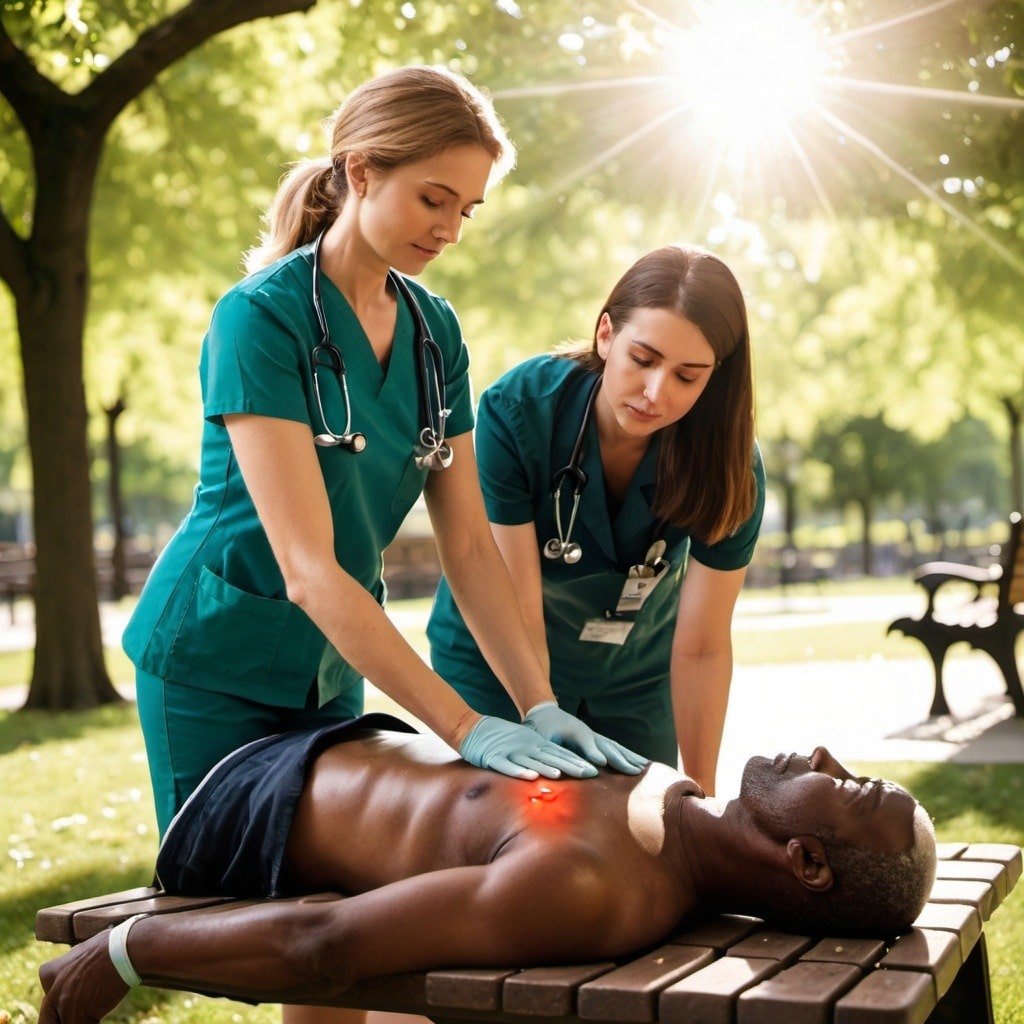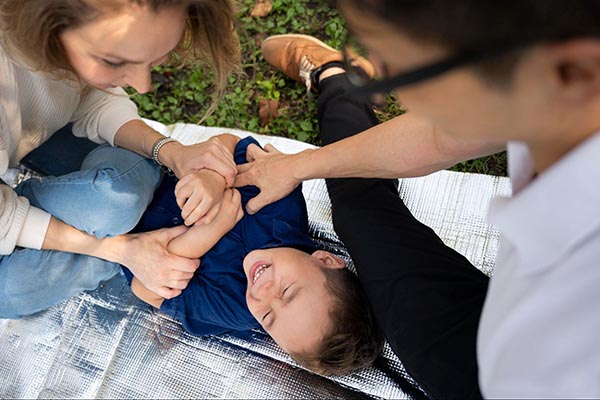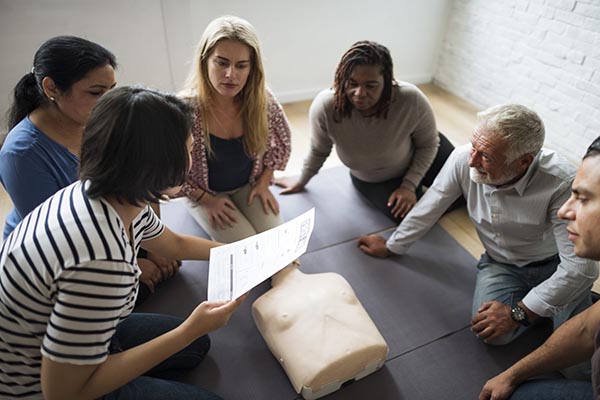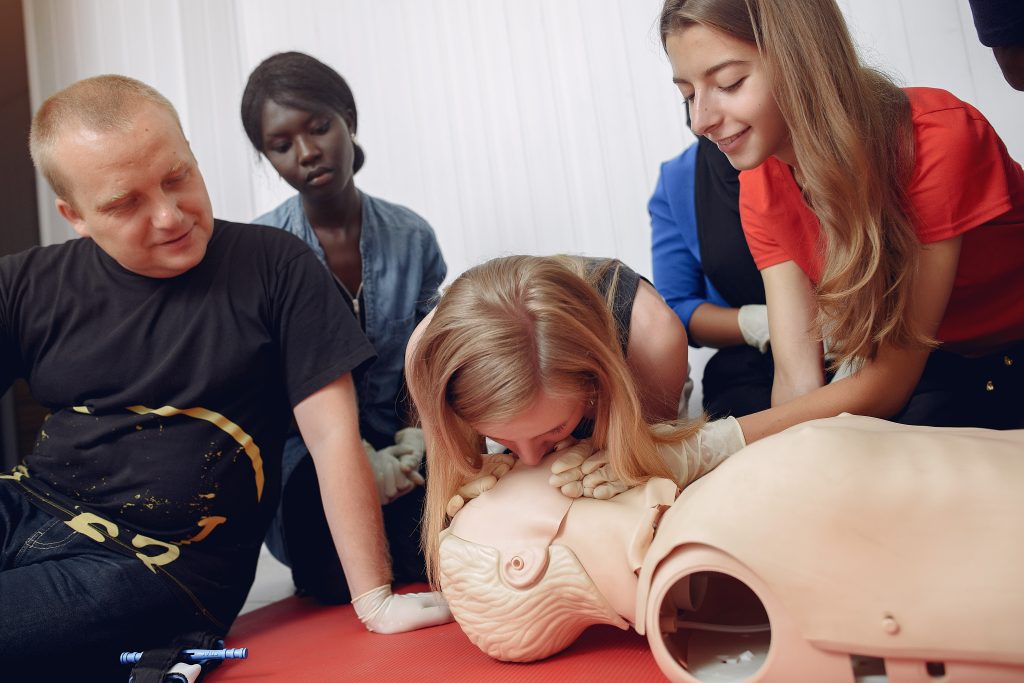Top 5 Common Myths About Infant CPR and the Facts You Need to Know
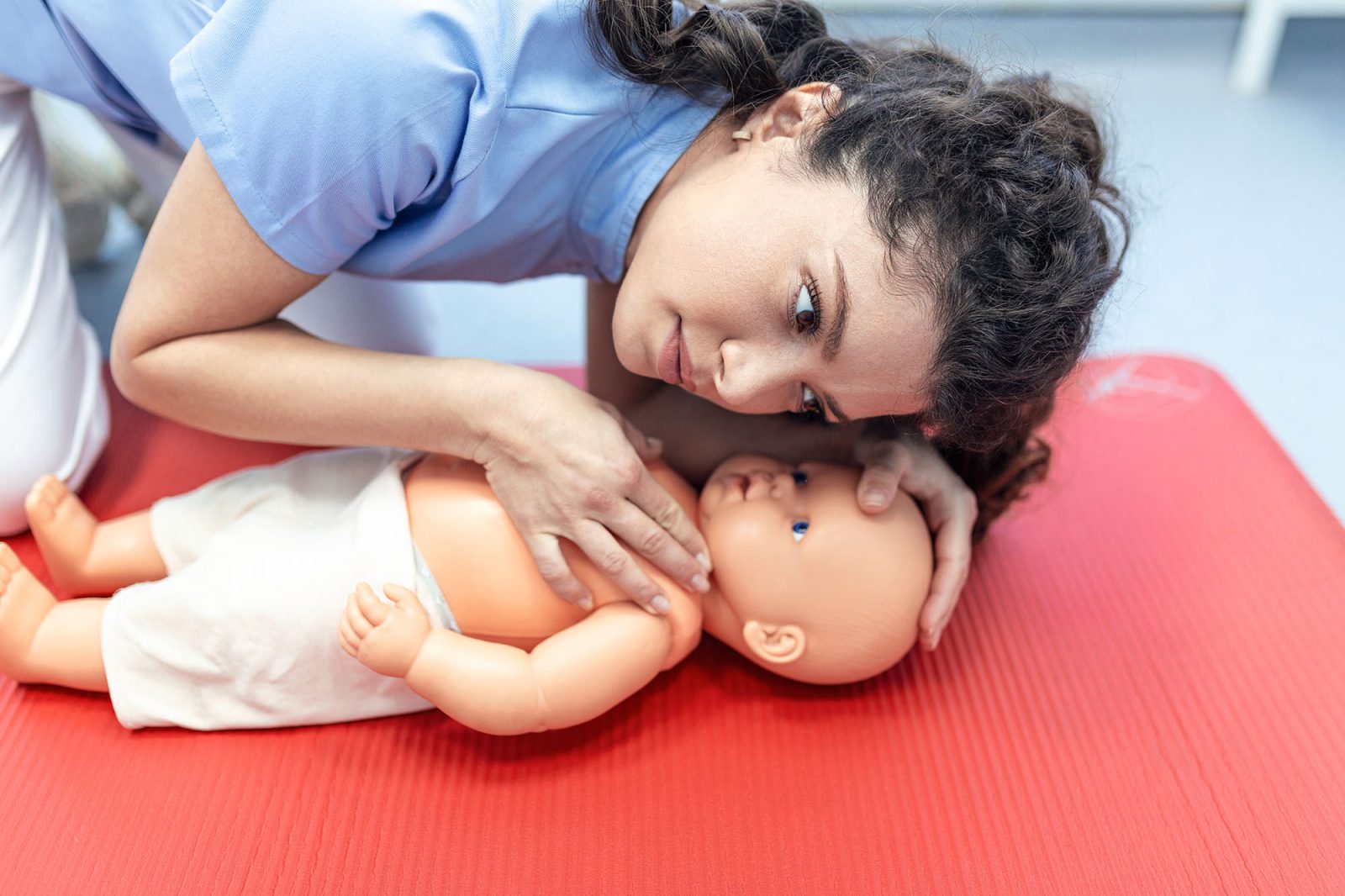
Top 5 Common Myths About Infant CPR and the Facts You Need to Know

Understanding CPR for infants is crucial for every parent, guardian, or caregiver. However, numerous myths surround infant CPR, leading to misconceptions that could be potentially harmful. In this article, we will debunk the top five common myths about infant CPR and provide you with the facts you need to know.
Myth 1: Infant CPR Is the Same as Adult CPR
The Facts
The techniques for performing CPR on infants differ significantly from those used for adults. One of the main differences is the amount of pressure applied during chest compressions. For infants, use two fingers to perform gentle compressions on the chest, whereas adults require the use of both hands. Additionally, the depth of compressions varies, with infants needing approximately 1.5 inches of compression, compared to the 2 inches or more for adults. Understanding these distinctions is vital to ensure that CPR is performed effectively and safely.
Myth 2: Only Trained Professionals Can Perform CPR on Infants
The Facts
While professional training can enhance your confidence and technique, anyone can learn and perform infant CPR. Organizations like the American Red Cross and the American Heart Association offer resources and courses that teach these life-saving skills. The key is to act quickly and efficiently, as immediate CPR can double or even triple a child’s chances of survival.
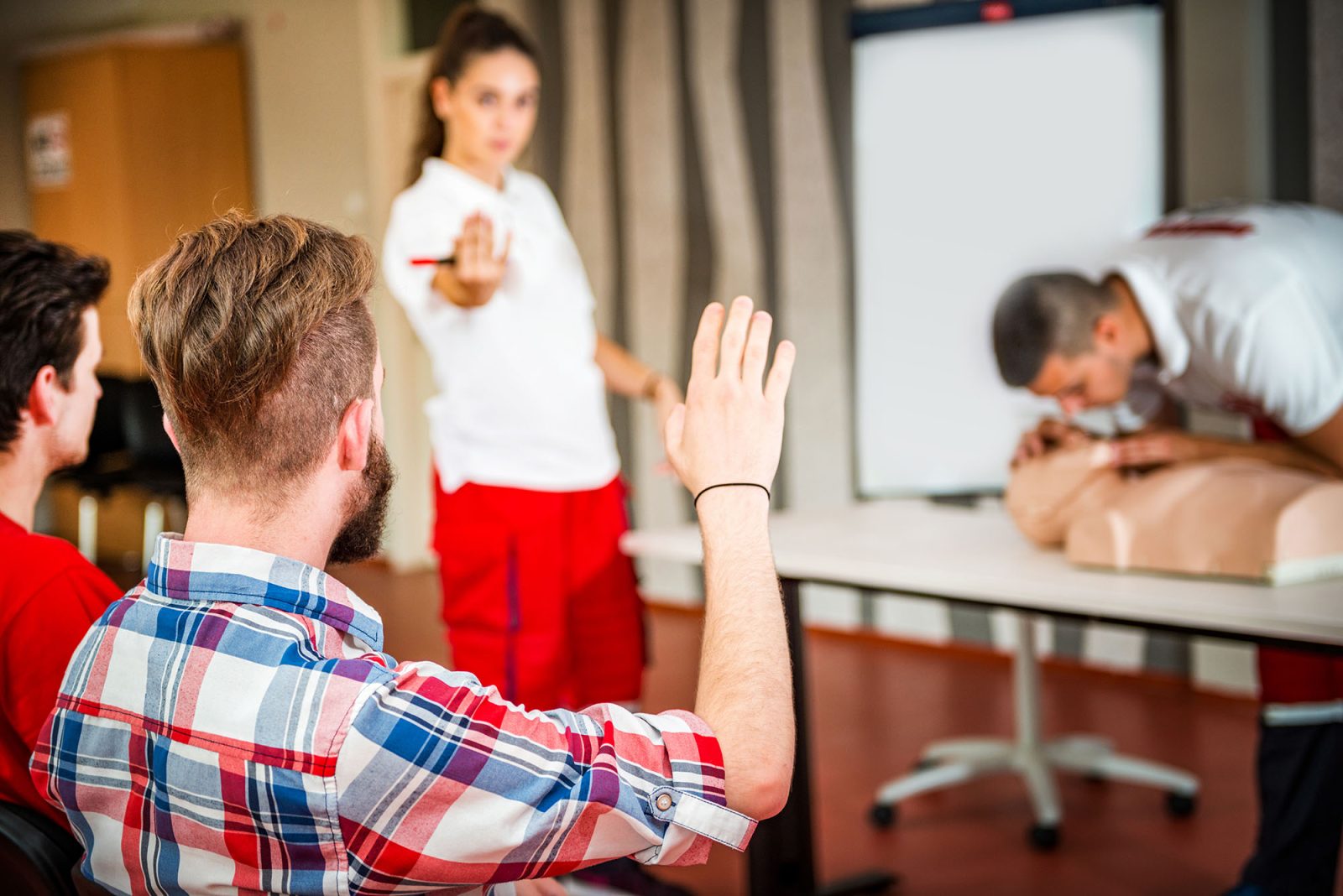
Myth 3: You Should Never Perform CPR on a Conscious Infant
The Facts
This myth stems from a misunderstanding of when CPR is necessary. CPR should only be administered when an infant is unresponsive or not breathing. If an infant is conscious but experiencing difficulty breathing, other first aid measures, such as clearing the airway or performing back blows, should be applied. It is crucial to assess the situation accurately before initiating CPR.
Myth 4: CPR Will Always Revive an Infant
The Facts
CPR is a critical emergency procedure designed to maintain blood flow and oxygenation until professional medical help arrives. However, it does not guarantee the revival of an infant. While CPR can significantly increase survival odds, it is not an all-encompassing solution. It’s essential to call emergency services immediately and continue CPR until help arrives.
Myth 5: You Can Learn Infant CPR from Watching Videos Alone
The Facts
While videos can be a valuable learning tool, they should not be the sole method of learning CPR. Hands-on practice is crucial to mastering the technique and feeling confident in an emergency situation. Enrolling in a certified infant CPR class provides the opportunity to practice under the guidance of experienced instructors, receive feedback, and ask questions to clarify any doubts.
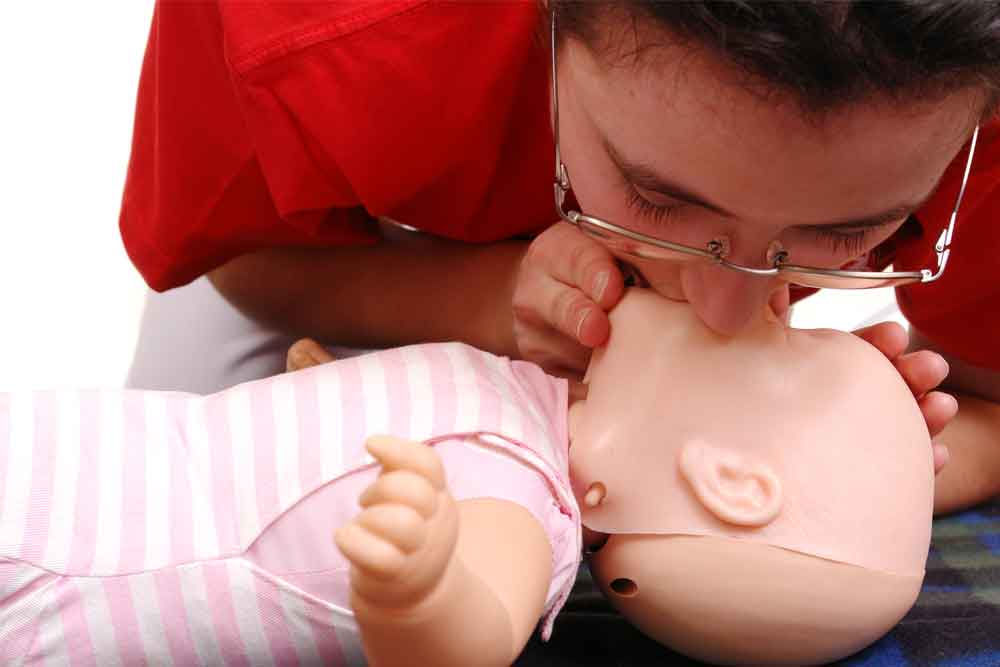
The Importance of Infant CPR Knowledge
Knowing how to perform CPR on an infant is an invaluable skill that can save lives. With infants being more vulnerable to choking and respiratory issues, understanding CPR and other first aid techniques is essential for providing immediate care.
Steps to Perform Infant CPR
- Check Responsiveness: Tap the infant gently and call their name. If there is no response, proceed to the next step.
- Call for Help: Dial emergency services immediately or have someone else call while you begin CPR.
- Open the Airway: Gently tilt the infant’s head back and lift the chin to open the airway.
- Check Breathing: Look, listen, and feel for breathing. If the infant is not breathing or only gasping, begin CPR.
- Provide Compressions: Use two fingers to compress the center of the infant’s chest at a rate of 100-120 compressions per minute, with a depth of about 1.5 inches.
- Give Rescue Breaths: After 30 compressions, cover the infant’s mouth and nose with your mouth and give two gentle breaths, each lasting about 1 second.
- Continue CPR: Repeat the cycle of 30 compressions and two breaths until medical help arrives or the infant begins to breathe.
Conclusion
Debunking these myths about infant CPR is critical for empowering parents and caregivers with accurate information. By understanding the facts, you can be better prepared to respond effectively in an emergency. Remember, while having the knowledge and skills to perform CPR is essential, it is equally important to seek professional medical assistance as quickly as possible. Being informed and ready to act can make all the difference in a life-threatening situation.
Consider enrolling in an infant CPR certification course today to gain hands-on experience and confidence in your ability to save a life. The peace of mind that comes with knowing you are prepared to help in an emergency is invaluable.
Take Action: Learn CPR and First Aid Today!
Don’t delay! Equip yourself with life-saving skills by enrolling in CPR and First Aid classes today. At CPR Classes Near Me, we offer comprehensive courses taught by certified instructors who will guide you through the necessary techniques and knowledge to confidently respond in emergency situations. Whether you’re a parent, caregiver, or simply want to be prepared to save a life, our classes provide hands-on training and valuable insights. Take charge of your preparedness and join us in creating a safer community. Visit CPR Classes Near Me to find a course near you and secure your spot now!
AHA BLS CPR & AED Classes
FAQ
Our primary goal is to ensure that you receive a top-quality CPR/First Aid certification. With our in-person training in Austin, you can learn CPR and BLS in just one class. Your presence is all that’s needed to continue with your lesson! During your session, you will complete all the live-training components necessary to ensure you receive your AHA Healthcare Provider certification card.
Our CPR Classes in Austin are discounted to $59.95 (saving you $20), and our CPR + First Aid Class is offered at $79.95 (also saving you $20). When looking for CPR Classes, ensure to check for the American Heart Association seal. Other sites might seem cheaper but frequently lack the official training credentials demanded by employers.
Upon successful completion of the course, you will obtain a CPR certification that is valid for two years. The AHA CPR certification is recognized with the highest acceptance rate among employers nationwide.
Indeed! Enroll in any CPR Certification Austin BLS course to extend your certification for an additional two years. The in-person BLS course and the Renewal Class are identical.
Anyone capable of completing the course independently should consider pursuing CPR training and CPR Certification. There is no minimum age restriction for obtaining a CPR certification in Austin through the American Heart Association (AHA)..
CPR training needs to be carried out in person to guarantee its effectiveness. Our experienced instructors offer an engaging and dynamic learning experience. Typically, employers do not recognize CPR certifications that are obtained solely through online courses.
All authorized American Heart Association training centers are obligated to display the entire video. After a three-hour session with CPR Classes Near Me Austin, your BLS CPR eCard will be promptly issued by the instructor on the same day!

